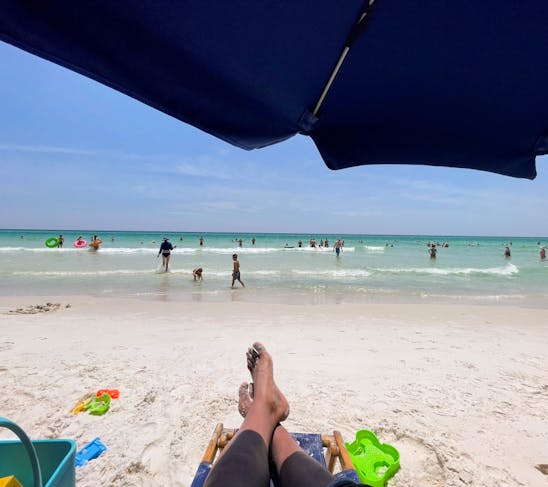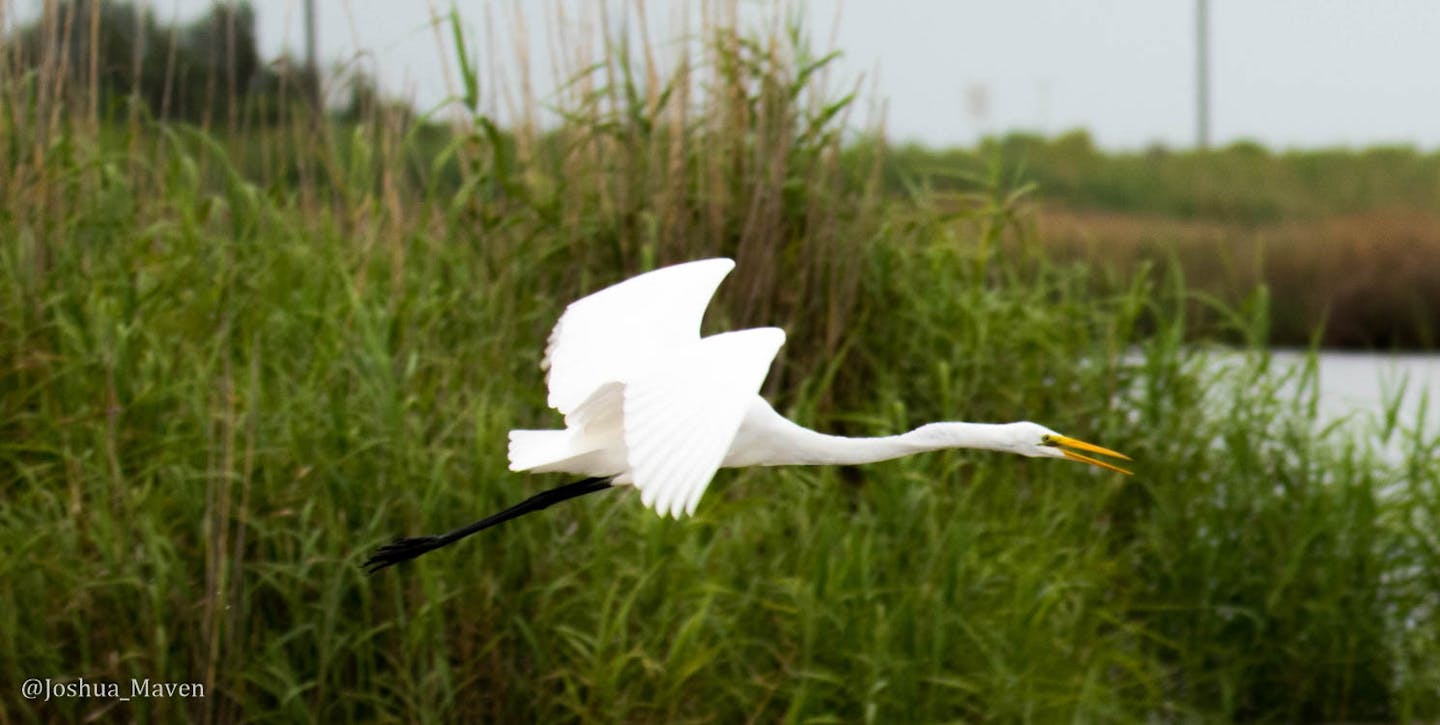It’s 4:00 p.m. on Sunday, August 19, 2018, and I’m sitting in my recliner enjoying the waning hours of an easy-going weekend and trying to decide the best title for this blog post. Titles are an important aspect of my writing process. Not only do they help me develop a chapter outline for my outer story, but they also help me understand the theme and tone of my inner story. If a chapter outline represents a story’s roadmap, then the individual titles are those cities or towns the main characters choose to stop and discover along the way. It’s a similar methodology I have incorporated into my personal wanderings thus far in 2018.
Take, for example, the Texas state park system and trying to select which of the 90-plus locations to visit. I started my online research back in May but it seemed like all of the campsites at my preferred destinations were already booked for the summer, so I decided to look at neighboring Arkansas instead. I have lived in Texas most of my life but had never visited the “Natural State” to the east. All of that changed when I stumbled upon a website for Petit Jean State Park (pronounced Petty Gene by the locals).
The first five months of 2018 were particularly busy, so I was anxious to get outdoors and as far away from the city as possible. My brother had also given me a new tent last Christmas—one of those fancy quick pitch tents designed to stand up on its own without the use of connecting poles. I was looking forward to using it, along with some other equipment I had recently purchased, including a telephoto lens perfect for wildlife photography. In my mind, camping was the perfect excuse to explore new surroundings and incorporate different settings into my book.
My girlfriend and I loaded up the car and made the six-hour drive east through Texarkana and along the outskirts of the Ouachita National Forest before stopping at a 3,500-acre park nestled between the Ouachita Mountains to the south and the Ozarks to the north. Petit Jean State Park is the first official state park of Arkansas located on a flat-topped mountain 1,000 feet above the Arkansas River Valley. The park boasts panoramic views of the hardwood forests below and has more than 20 miles of hiking trails with secluded woodlands, deep ravines and ancient rock formations.
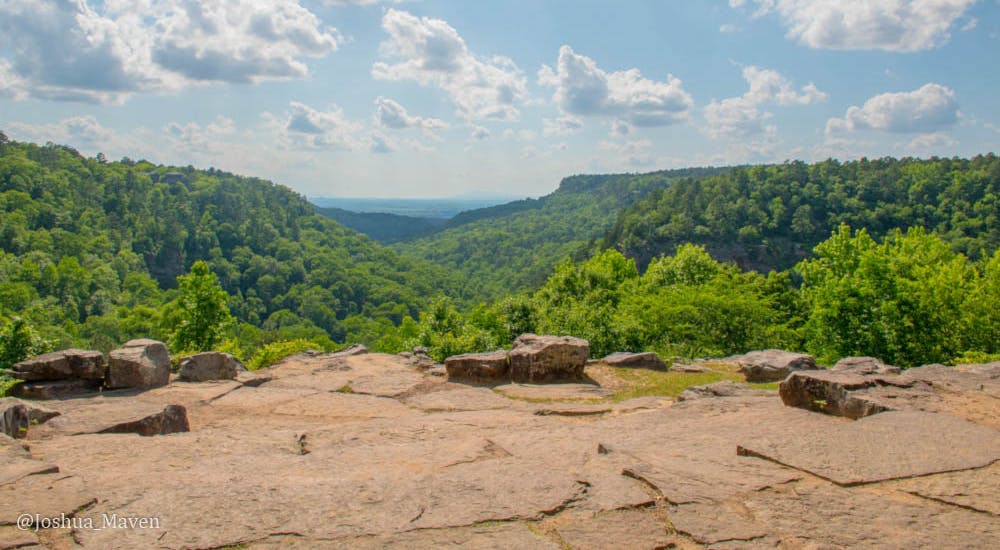
After setting up camp, we decided to hike the popular Cedar Falls Trail, a 1.7-mile out and back that begins with a 200-foot descent into Cedar Creek Canyon. The zig-zagging pathways were well maintained, and the shaded canyon floor provided a welcome reprieve from the 98-degree heat. Giant boulders hugged the banks of Cedar Creek as we pushed our way upstream along the tranquil waters, snapping an occasional photo of the squawking canyon crows.
The trail eventually opened up to reveal a 95-foot waterfall cascading over a rocky ledge into a clear pool below. Sounds of rushing water reverberating off the enclosed canyon walls. We carefully navigated our way across a labyrinth of rocks, walked around the outer edge of the rocky bowl and finally arrived at the base of the falls like two little kids with our hands outstretched. We took turns walking underneath, allowing the refreshing waters to pour down on top of us.
On the hike back, I started thinking about the title of my next blog, which I planned to write after my camping experiences. Naturally, the name “Chasing Waterfalls” came to mind so I jotted the title into my phone so I could remember it the next time I sat down to write. Later that evening, while relaxing in my hammock waiting for some steak kabobs to finish grilling, I heard the hammering of pileated woodpeckers and the hoots of barred owls coming from the woods behind us. Arkansas was an unexpected find and a great start to my camping season, and I was hoping the parks back home in Texas would be equally rewarding.
Daingerfield State Park was my official introduction to the Texas park system, and I couldn’t have been more pleased with what I found in the Piney Woods region near the state’s eastern border. The park’s original improvements began during the height of the Great Depression. It was one of 800 nationwide parks that benefited from the work of the Civilian Conservation Corps (CCC), a work relief program founded by President FDR in 1933 that helped shape the state park systems we enjoy today.
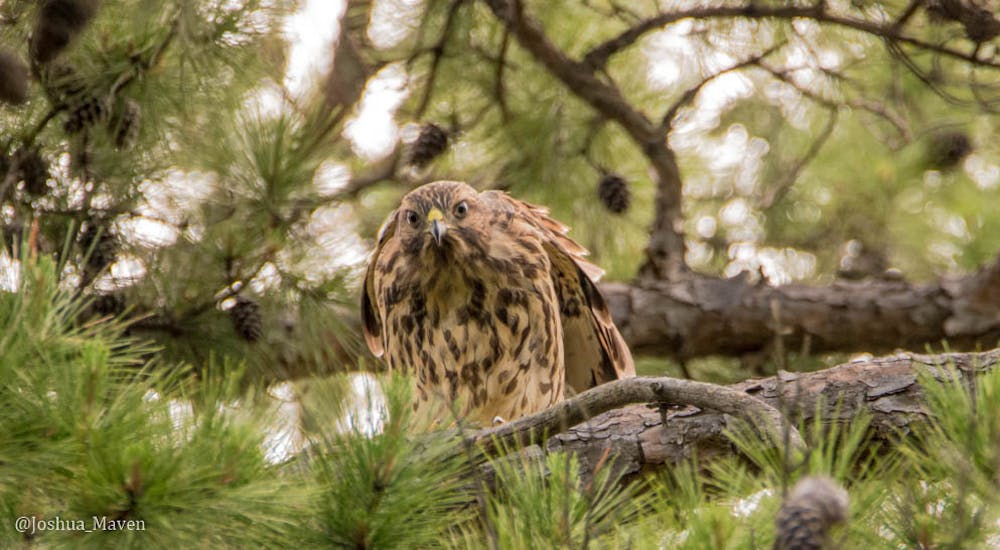
The quaint 500-acre park is a mix of pine and hardwood forest and home to a diverse wildlife population, including three red-tailed hawks we saw on our initial drive in. We also spotted blue jays and red-headed woodpeckers near our campsite overlooking the park’s 80-acre spring-fed Little Pine Lake. Around the lake and through an open woodland meandered the easygoing 2.5-mile Rustling Leaves nature trail, where evergreen pines rose as high as 100-feet into the air, dogwood and red buds fashioned their spring blooms and colorful red maple, sassafras and sweetgum trees cast their reflections across the water’s placid surface.
The Rustling Leaves and Mountain View Trails eventually connected, and we hiked up to the park’s highest peak for a 360-degree view of the pine-covered surroundings. Afterward, we made our way over to a rolling green on the opposite end of the lake and joined other visitors who were either relaxing in the park’s popular swimming hole or practicing their splashes from a floating platform about 30 yards offshore.
Daingerfield might just be one of Texas’ best-kept secrets. It's a place I almost decided not to reveal by name when I was considering a different blog title to describe the trip: “Better Left Unsaid.” Fortunately for you, however, there was still another state park left for me to visit before my summer officially came to an end, so I grabbed my phone and added this potential title to my growing list.
One of the advantages of the Texas state park system is its geographical diversity. Each of its seven regions—Big Bend, Panhandle Plains, Prairie and Lake, Hill Country, South Plains, Piney Woods and Gulf Coast—has its own unique look and feel. Drive a few hours in any direction and the landscapes, ecosystems and wildlife can change dramatically, which is what I experienced on my most recent adventure to the remote southeast corner of the state, home to Sea Rim State Park.
Sea Rim may not be for everyone, but it sure was the place for me. The park is located in an area of undeveloped coastal marshland hemmed in on either side by two national wildlife refuges. It’s a well-known destination within the birding community because it serves as an emergency pit stop for migrating birds traveling north from Central and South America. During the height of their spring migrations, tens of thousands of birds representing more than 300 species can be seen descending along the protected wetlands between Sea Rim and the Bolivar Peninsula 35 miles to the southeast.
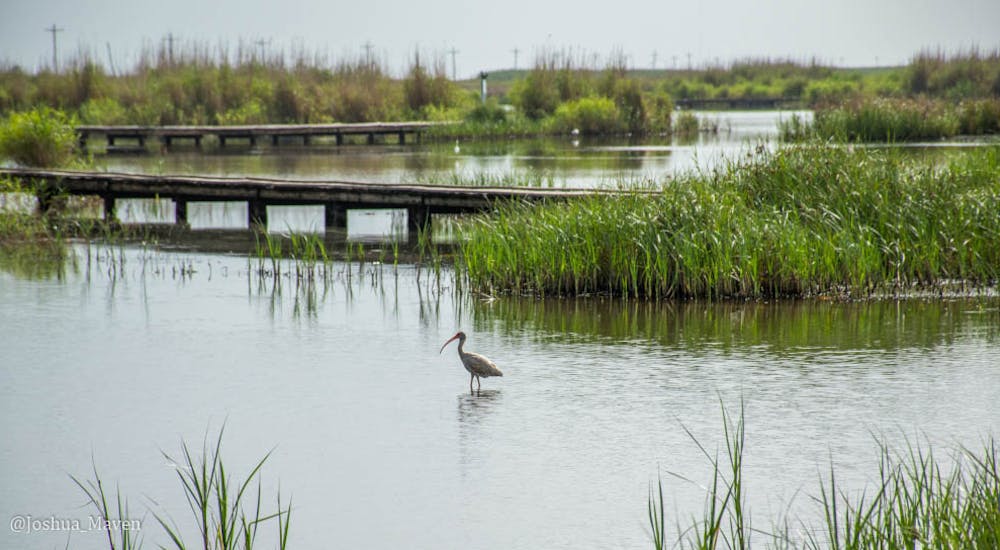
Sea Rim officially reopened on June 20, 2014, after the lethal one-two punch of Hurricanes Rita and Ike pummeled the park in 2005 and 2008, respectively. We set up camp next to the dune boardwalk, one of the park's new additions after Ike’s 22-foot storm surge leveled the former, and prepared for some bad weather of our own. The northern horizon turned dark and ominous, the winds picked up and hundreds of dragonflies eerily lifted into the air in unison and sped off just minutes before the heavy rains began.
There was little we could do but hunker down inside the tent, hoping it would withstand the 30-minute barrage of wind and rain. As quickly as it arrived, the line of thunderstorms rolled past and we decided to set out in search of the Gambusia Nature Trail, a one-mile looped boardwalk trail suspended directly above the marsh. Salt and cordgrass grew as high as 10 feet in some areas and wading in the shallows were a variety of ibises, egrets and herons all looking for their next meal.
There are more than 4,000 acres of marshland surrounding the park and 10 miles of paddling trails that extend deep into alligator-infested waters. We were hoping for an airboat, but what we got instead was a tandem kayak and two paddles. It was 9:00 a.m. the next morning when we launched the kayak into the brackish waters, and within a few short minutes the eyes and snout of a very large gator surfaced less than 20 feet away. A jolt of exhilaration coursed through my body, and I decided to take over the paddling responsibilities without objection from my girlfriend who was perfectly content enjoying the scenery and listening to the peaceful sounds of nature.
Schools of fish swam underneath, marsh birds flew overhead and a baby gator floated right past us seemingly unaware of our presence. We spent a few hours on the water and then headed back to enjoy the afternoon on our own little stretch of private beach. It was a great trip overall with the only downside being the unrelenting mosquitos, which were so bad at night we were forced to eat dinner inside the car to avoid them. It’s been real, Sea Rim. Until next time, “See ya’ later, alligator!”
Follow me on Instagram at @Joshua_Maven or @HonchotheVan, on Twitter @MaventheRaven or Facebook at Facebook/TheLastImperial.
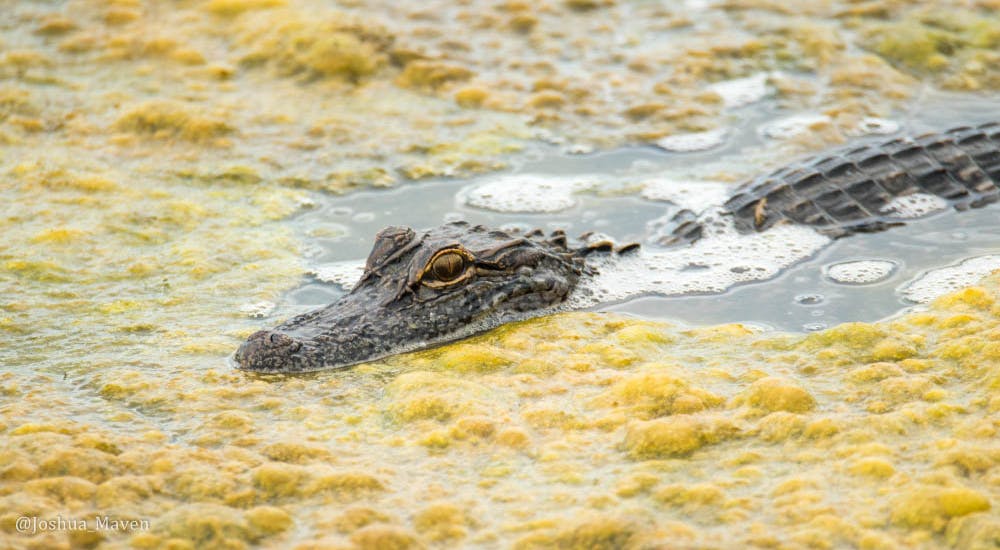
Midlife Revival
It’s Friday, July 11, 2025, and I just completed my second French lesson of the week. I’ve been working with an online tutor for the past six months in hopes of communicating with my 22-month-old son as he advances in his mother’s native tongue. I’ll be honest, learning a new language has proven quite the challenge. My tutor insists that I’m making progress, but it rarely feels that way to me.

Postcards to Samuel
It's 8:00 p.m. on Wednesday, July 31, 2024, and I'm trying something a little different with this post. Instead of my usual blog format, I compiled a series of postcards that I wrote to my 10-month-old son, Samuel, during a two-week road trip I recently took to the Great Lakes. I plan to give him these postcards, along with others from future trips, when he's older in hopes that they will inspire him to chase his own dreams, whatever those might be.
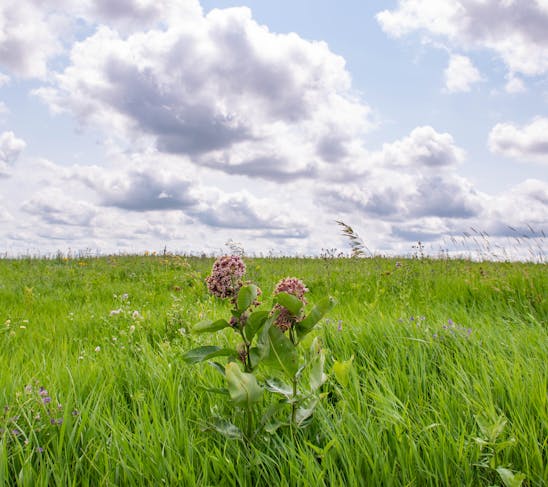
False Summit
It’s 12:00 p.m. on Sunday, July 30, 2023, and I’m lounging at the beach enjoying the white sands and green waters of Florida’s Emerald Coast. Today is my 40th birthday and a relaxing getaway is exactly what I needed after a two-week road trip out west, where I hiked the highest peaks of Colorado and Arizona. The reasoning behind my latest excursion was simple: if I’m going to be “over the hill,” then I might as well be standing on top of a mountain.
